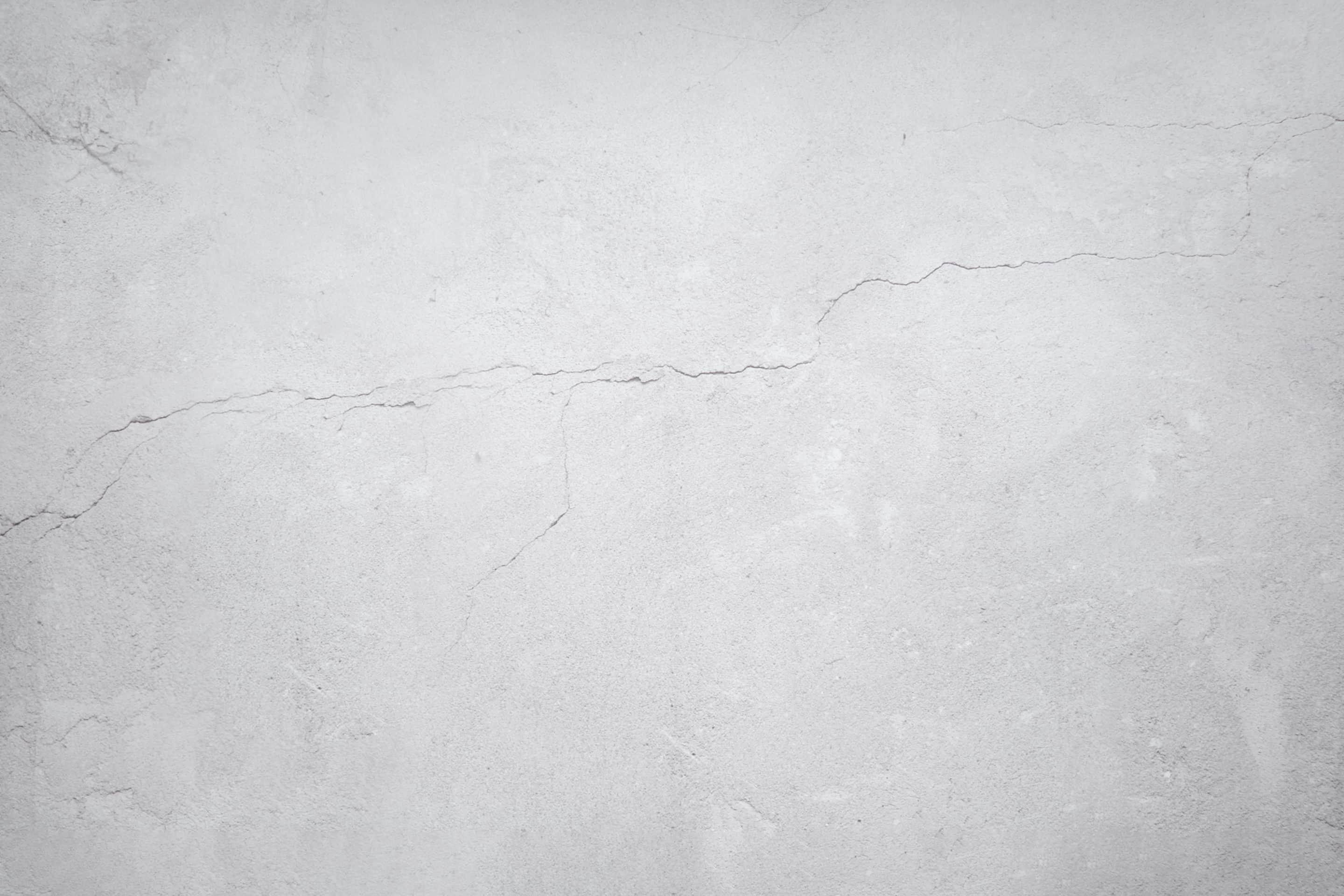
Foundations are the essential support in building. Everyone always talks about having a solid foundation. That doesn’t just apply to houses but to life. So, it is easy to see why so many people want to make sure they have a strong structure in both. That is why home buyers often ask about items they feel cause foundation issues. Most of the time, these items have more to do with the home naturally expanding and contracting with the seasons or just fatigue over time. There can be many issues happening in a house that are mistaken for signs of foundation issues. Therefore, a home inspection is key in order to understand the story the home is telling, especially with the foundation.
Brick Cracking at or Over Lentils
Lentils are the metal angle irons that hold the brick up over the doors and windows of a home. Over time these pieces of metal will get weathered and start to rust. Over bigger expansions, such as a garage door, they may start to relax a bit. This will cause some stair cracking in your brick or a chunk of your brickwork to break off. Though it may look scary, this is a common cosmetic issue that in most cases can be tuck pointed or sealed.
Cracking Mortar in Brick at Expansion Joints
Over the years of building homes with brick, we have learned that brick expands and contracts with the sun and the changing of the seasons. Brick likes to stay the same. Especially if you have a lot of it. If you have a longer brick wall, the mason will add an expansion gap along the wall to allow for natural expansion and contraction. If mortar is applied in the gap, it will get a hairline crack in the mortar. In most cases, this mortar can be replaced with a heavy-duty silicone to allow for better expansion and contraction. This is normal and not an indication of deeper foundation issues.
Hairline Cracking in Concrete Floors
A hairline crack is a small crack where neither side is raised. These are found on walks, drives, garages, and basements. Hairline cracks are a normal part of the curing process of concrete. There is a saying that concrete does two things…it gets hard, and it cracks. As long as the cracks are small and not noticeably getting bigger, it is known as a typical hairline crack. This does not indicate an issue with the foundation.

Nail Pops in the Drywall Ceiling
Nail pops are small circles you will notice on the ceiling around your home. They are typically found where the wall meets the ceiling. You may even start to see that nail or screw protruding through the drywall. This “pop” is the fastener pushing back through the drywall. This happens either because a nail was used in the framing above and the heat of the attic is pushing it back through or from poorly installed drywall finishing. It is not an indication that there are issues in the stability of the home.
Tape Seam Pulls in Drywall
Tape seam pulls are when you have a crack in your drywall in a straight line. These will be on a seam where two pieces of sheetrock meet. The heat of the attic, a water leak, or poorly installed drywall finishing is normally the culprit. Again, this is not something that should make one think the house has foundational issues.
Sticking Doors
If a door will not close properly, there can be a few culprits. If you don’t see a drywall crack at an angle over the door, odds are it’s a problem with the door itself. The hinges could be loose, the door frame could be installed too tight, or an after-market improper handle for the door could be causing issues. Because there are so many things that could be causing the problem, it is important to let the home inspector examine the door and share findings.

Cracked Tile or Grout in a Home
Cracked tiles can be found in several places in a home. Some of the most common areas for this are the kitchen, hallways, bathrooms, and showers. Like laying a lot of brick in one place, adding a lot of tile will typically result in some cracking. Tile needs area around it to expand a contract. If it is installed tight against walls or door jambs and trim, it will most likely form cracks. These cracks are not related to the foundation.
There are many issues in homes that could be caused by foundational movement, but there might be other reasons for these concerns. Just because cracks are visible on the home, it does not mean you should run for the hills. This is why getting your future home inspected is important. It is a major purchase. Maybe the largest in your life. You should have all the facts and understand the story the home is telling. That empowers you to make a smarter decision about purchasing and repairs.
